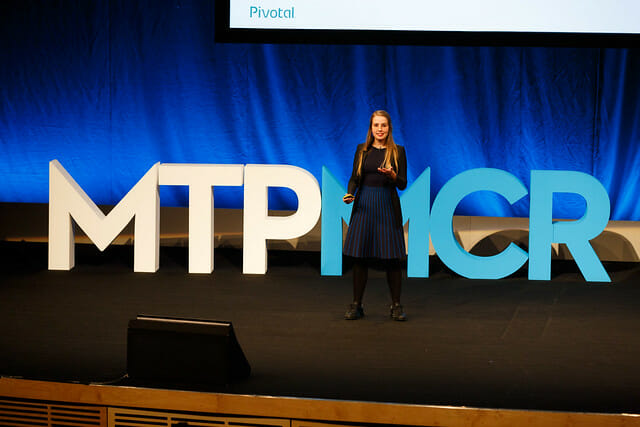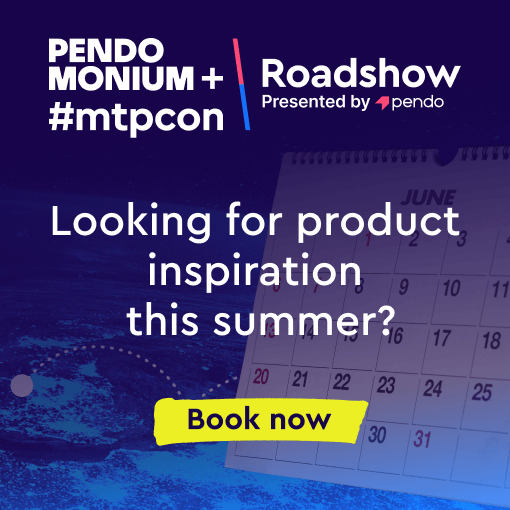Gabrielle Bufrem delivered a talk at #MTPEngage Manchester and #MTPEngage Hamburg which drilled down into the desire of a business to digitally “transform”, but not really change anything along the way.
Gabrielle reminds us that every company is now a tech company. If you don’t embrace your digital channels, you will fall behind. How does digital transformation play out for corporations with deep-rooted histories of doing business in other ways?
Firstly, to transform, truly, takes time. To use a gym analogy, one session does not make for a complete body makeover. It requires time, understanding, and a willingness to change, driven by an understanding of what you could become, or what you could achieve after you have invested in this process.
Gabrielle has a list of things you can do to start establishing real change.
#1. Do the work
Don’t just throw around buzzwords, do the work. Buzzwords can be helpful, but everyone needs to understand them.
#2. Build a culture of psychological safety
It’s more helpful to spend time building culture than using buzzwords or reading books. Being able to be wrong is imperative for transformation. Psychological safety means you’re rewarded for learning and experimenting.
#3. Pick one problem and build your island around it
It’s impossible to change an organisation overnight, and change needs to be slow because it’s uncomfortable. Start with one problem, and pick the least coupled problem to start with. It should be a user problem so that you can change something for someone and show real value. And pick a problem that’s important enough to matter but where you’re also allowed to fail. Then build your island around it by removing people from their everyday environment and giving them a place to be creative.
#4. Decouple your exploration and execution roadmaps
These roadmaps do not necessarily play well together. Something should only be executed once it has gone through the exploratory process.
#5. Measure exploration based on learning and not being right
Success metrics for exploration are very different from KPIs.
#6. Ditch timelines
Communication is a huge part of a product manager’s role. Tell stakeholders what you’re focusing on now and what you will focus on later to ensure that you build trust.
#7. Fund the problem, not the solution
#8. Find a “shade of grey” that works for you
Find where you are in the spectrum and figure out where you want to go. Work out the small steps you need to take in order to get there. As product people we should be able to blend methodologies to tackle whatever challenge we’re working on.
Gabrielle ends with a cheat sheet – something that we could all print out and put in front of our leadership teams.







Comments 0